I’ve been giving a lot of thought, lately, to ‘zero-waste’ living – which sits on the spectrum of counter-culture movements, like slow living, conscious consumerism, minimalism, simple living, decluttering, environmentalism, plastic-free, slow fashion, sustainable living, slow food, intentional living, and other forms of ‘values-centred living’ that are really springing up all over the place. Whatever you name the movement, or how you define it, I think they all represent a push-back on excess consumerism, and are focused on living with a persons core values at the fore of decision-making.
There are many ways to approach living more lightly or intentionally, and I just wanted to share one of the first ways I was able to start reducing waste in my home (which was an expression of one of my core values), making a switch from the standard ‘buy all the things’ lifestyle: clearing out the double-ups.
Not only did this help me reduce my household waste output, it simplified my shopping list, and in some cases, reduced my grocery bill.
Here’s what I mean by clearing out the double-ups. It was simply an assessment of what I was routinely buying, and removing all the duplicate products from my home, chosing the one product that best aligned with my values.
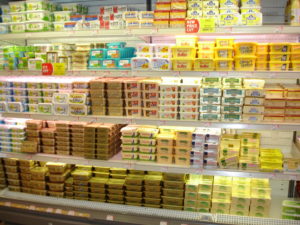
So many kinds of spreads!
For example, I used to buy both margarine and butter.
Two products, same purpose. Virtually interchangeable! But I liked margarine because it was easier to spread. But butter is nicer in most baking. So I’d always buy both. Eventually, I saw that I didn’t need BOTH these products, I could do with just the one, and I selected the one that I felt was best aligned with my personal preferences (keeping in mind nothing’s perfect, and the product that meets my preferences might not match yours).
I picked butter. I chose a local(ish) one that was wrapped in wax paper. While I am still not sure that the wax paper is compostable, once reused for greasing a pan, I don’t mind folding up the used paper and putting that very small amount of waste into my bin every couple of weeks.
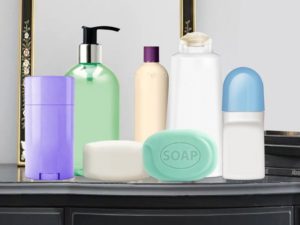
What kind of soap do you prefer?
Another example is soap.
I looked around my home and noticed I had solid bar soap, liquid hand soap (and maybe a few kinds!), and body wash. And it occurred to me that I really didn’t need three things that all served the same purpose (to clean skin), when just one would do the trick in my household.
Again, I reviewed the products I was using and what was available and picked one that had no plastic packaging, and no palm oil and was made in Australia. While having handmade soap from a local maker from the farmers market might be even better, this solution has satisfied the majority of my key values, and I am currently happy with that choice.
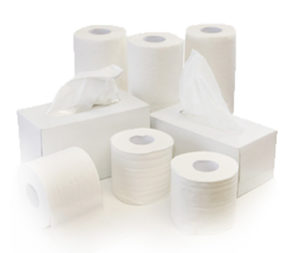
They all do the same thing, don’t they?
A quick final example is tissues and other paper products.
Previously I had a collection of various paper-products in my home, like toilet paper, serviettes, paper towel and boxes of tissues.
When I started thinking about being more sustainable, I stopped buying paper towels right away. The messes I needed to clean could be done with a reusable washable cloth or with toilet paper.
Then I used scrap cloth to make up a bunch of serviettes, which I also tried to use as hankies. I have to admit, I tried using hankies but wasn’t comfortable with it (I will have to come back to it at some point) but they did make great serviettes, but even still, I’d often grab a tissue to wipe my mouth at a meal, just because they were there, and I didn’t need a whole serviette. And so for a long while, after eliminating two of the four paper products, I was still buying toilet paper and boxes of tissues. And then it dawned on me… toilet paper is perfectly acceptable for wiping ones nose! (Took me ages to work that out!).
In order to make it look ‘not too weird’, I held on to a couple of tissue boxes and put a roll of toilet paper into each. Now I can draw the amount I need out of the top! I won’t be giving up toilet paper any time soon, so this product is sure to stay in my life for awhile, so once again, I focused on making the best possible choice I can: I like two brands of Australian made 100% recycled paper toilet paper, and use those two exclusively.
Your turn!
These turned out to be simple choices for me, but some of them took awhile to notice. And, of course, your situation could be vastly different and your families needs and your own key core values you use when making purchasing decisions may vary. But maybe have a look around your home and see where you might be able to eliminate the double-ups and see how that helps you reduce your waste!
Have fun, and let me know what your double-ups were, and what you were able to eliminate in the comments! 🙂



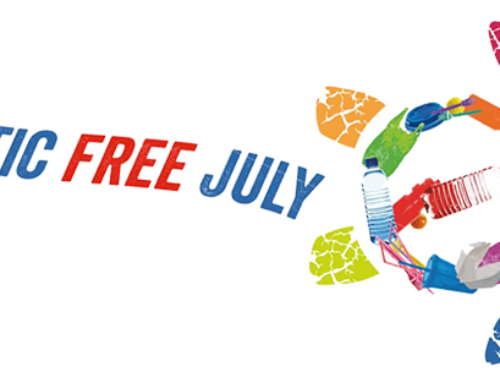
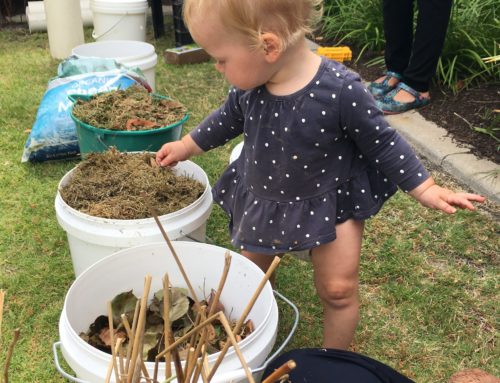
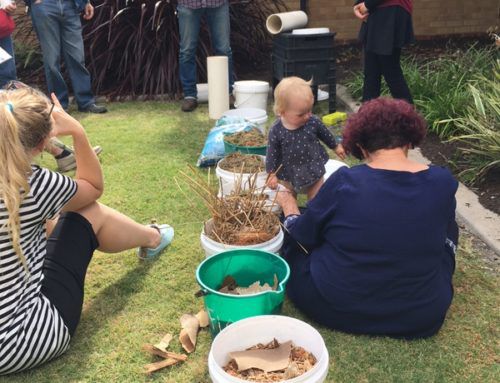
Leave A Comment